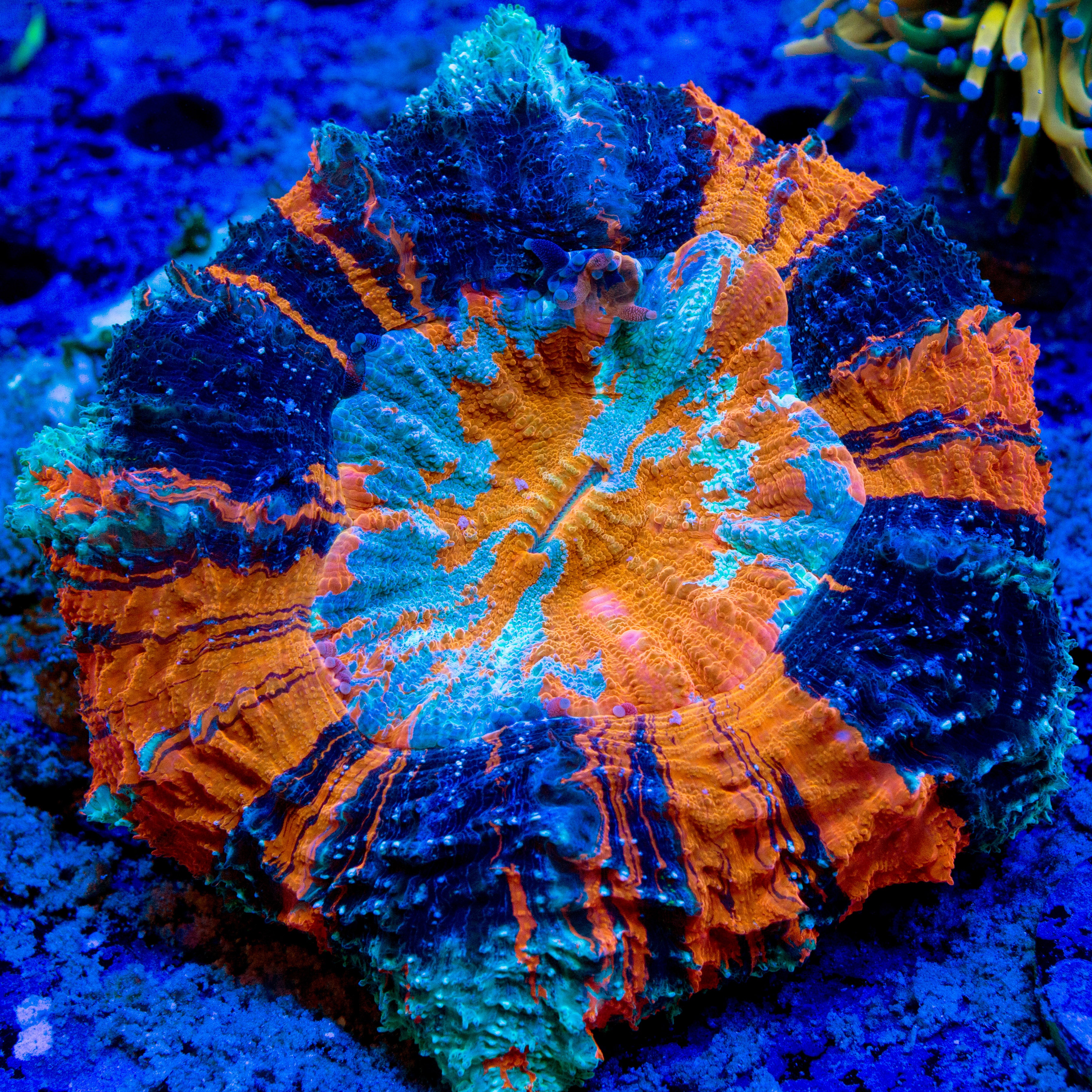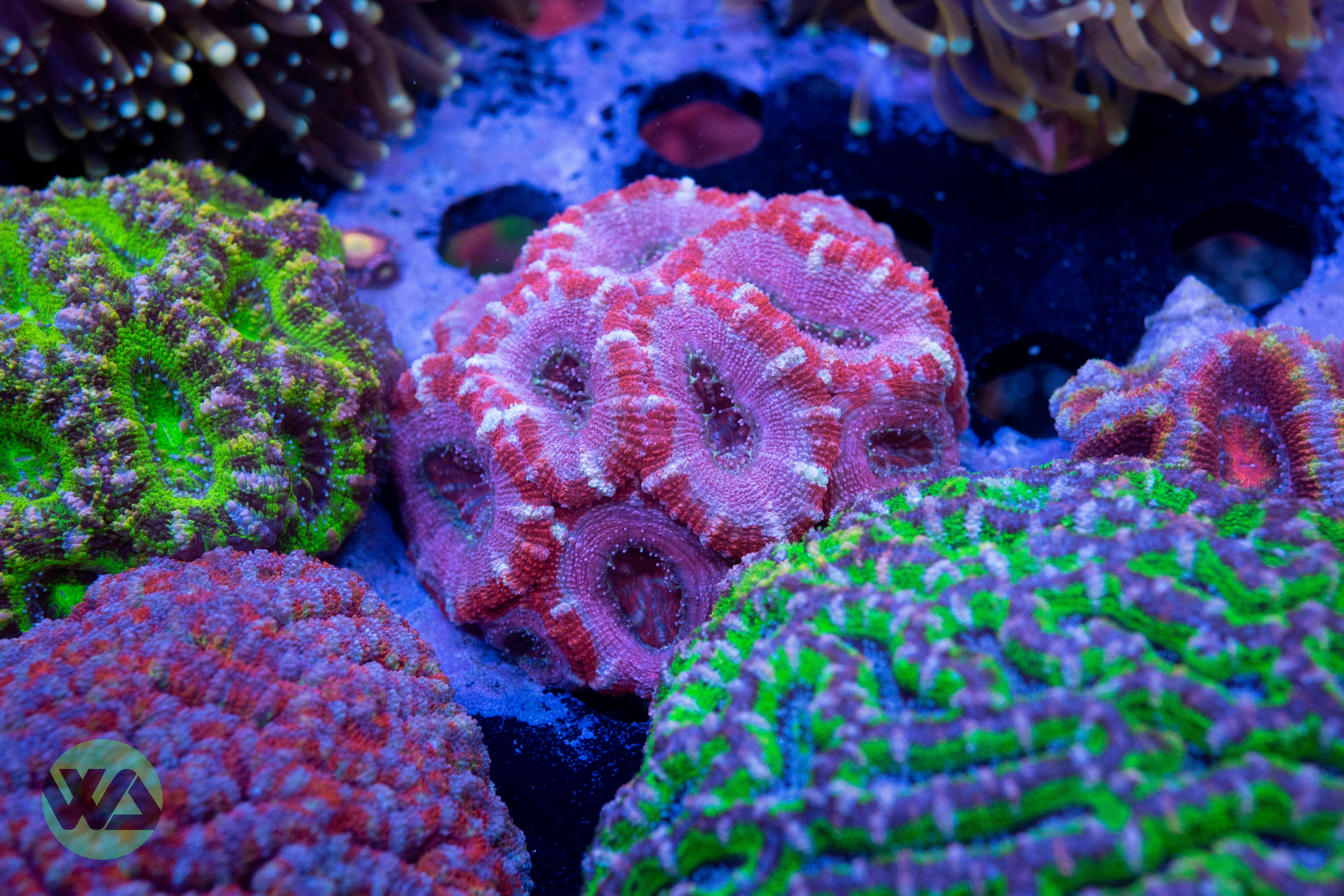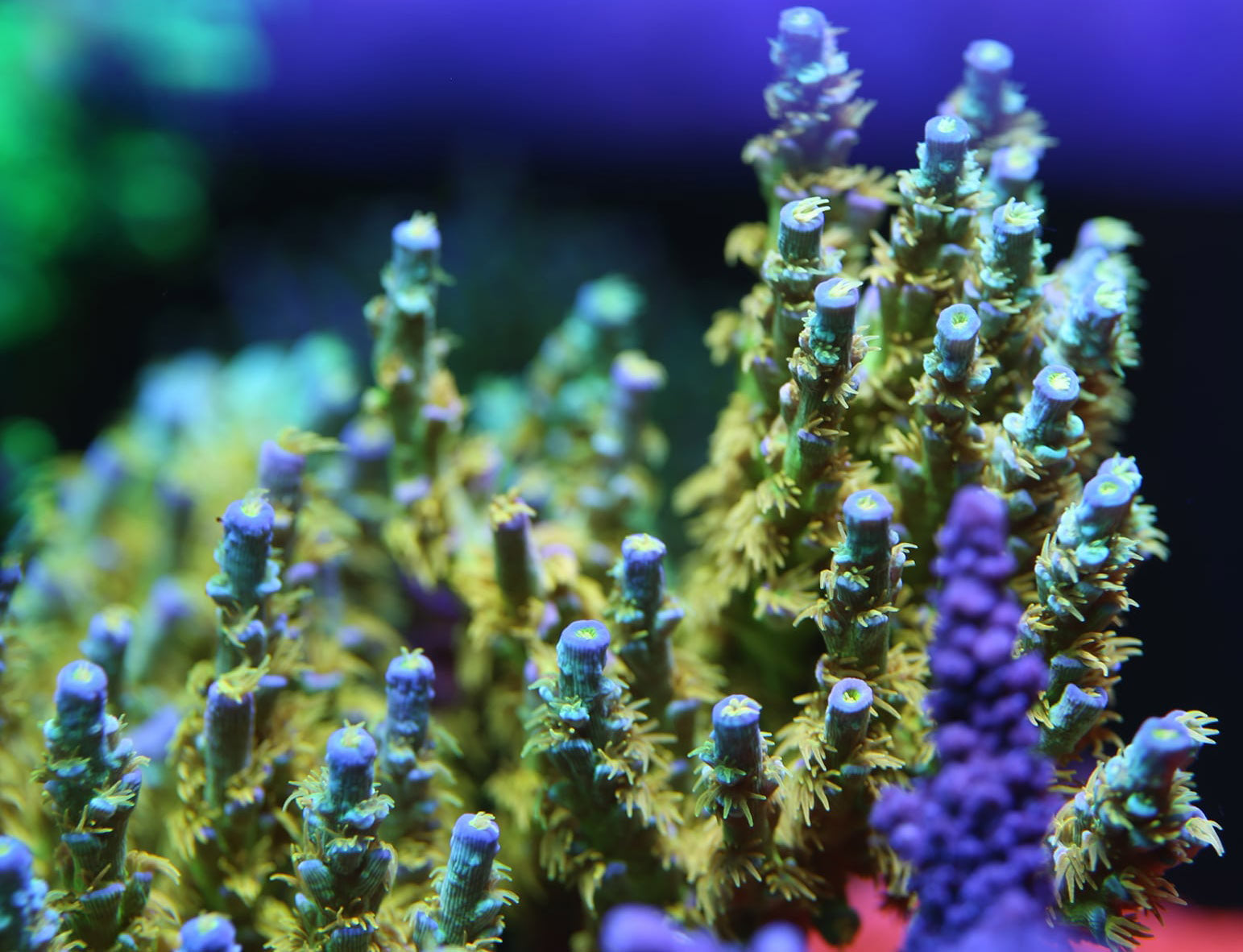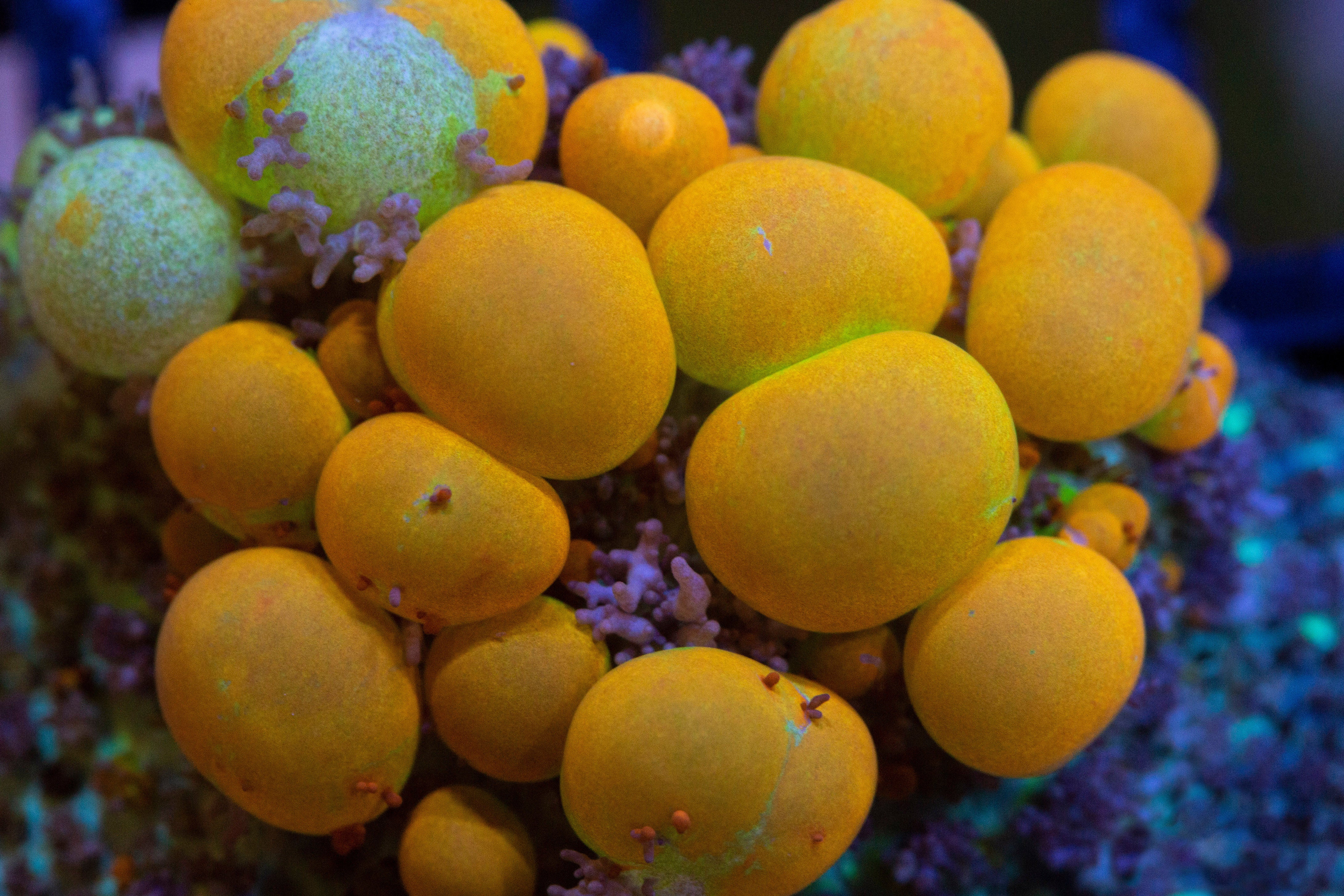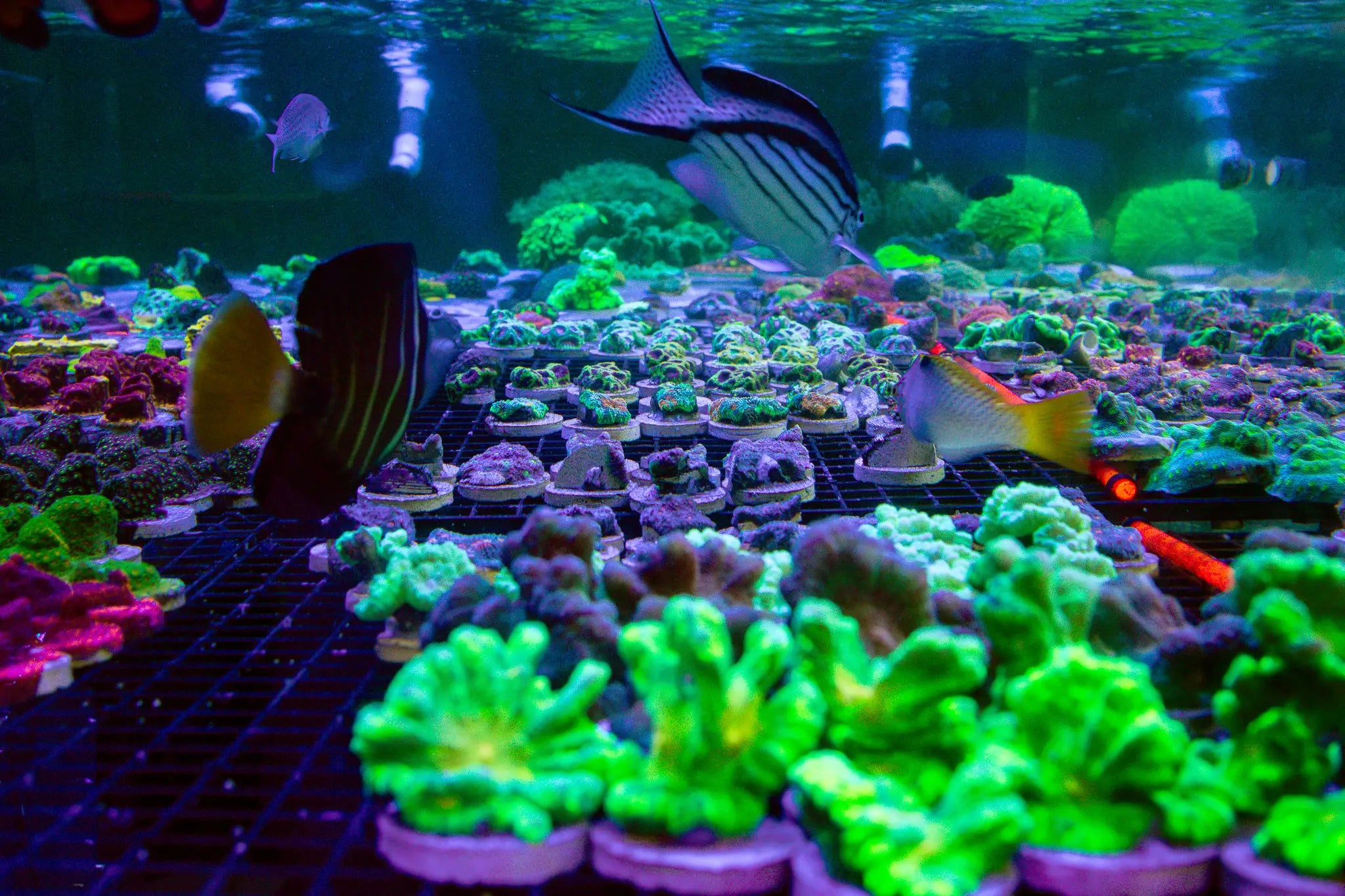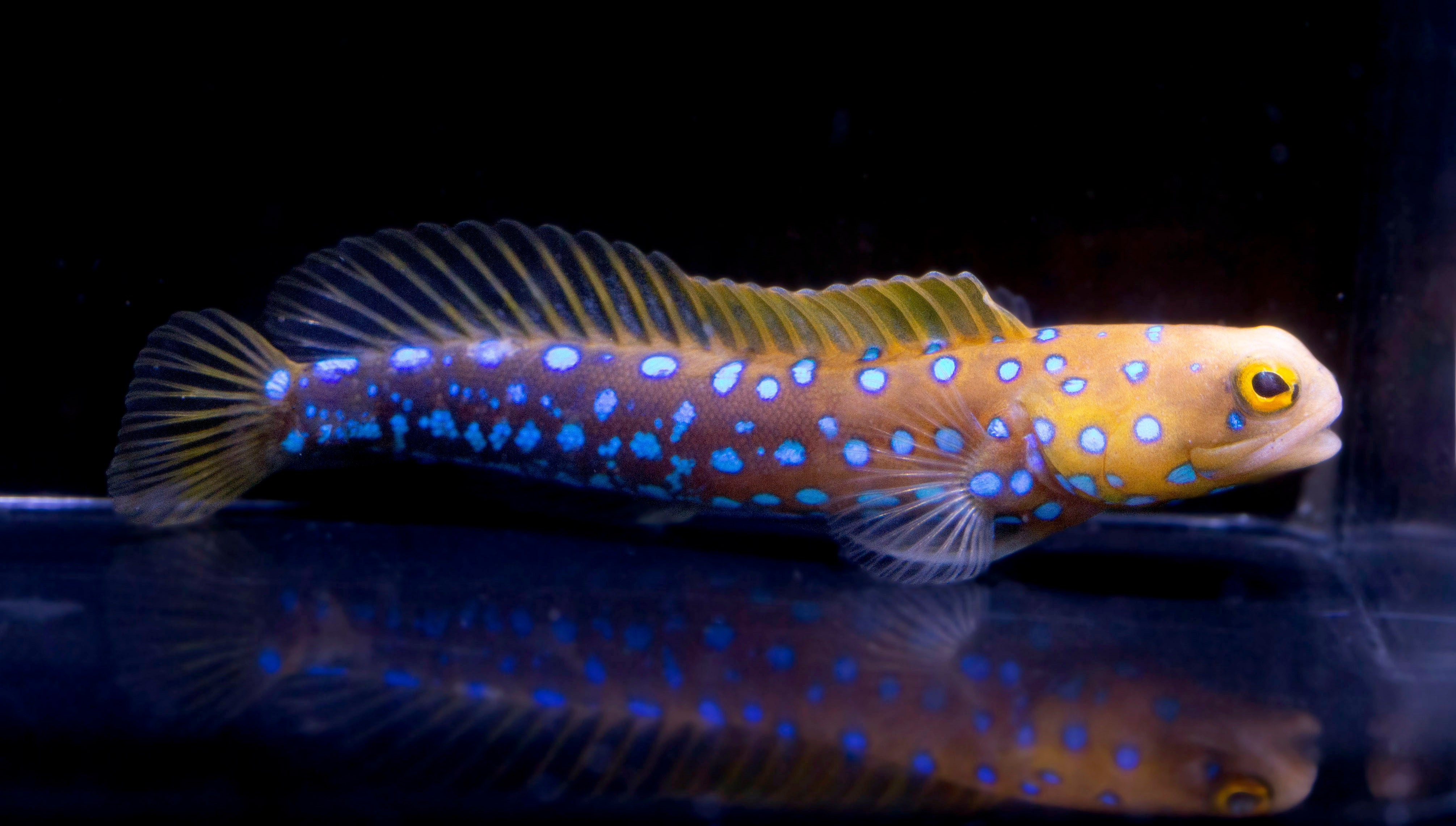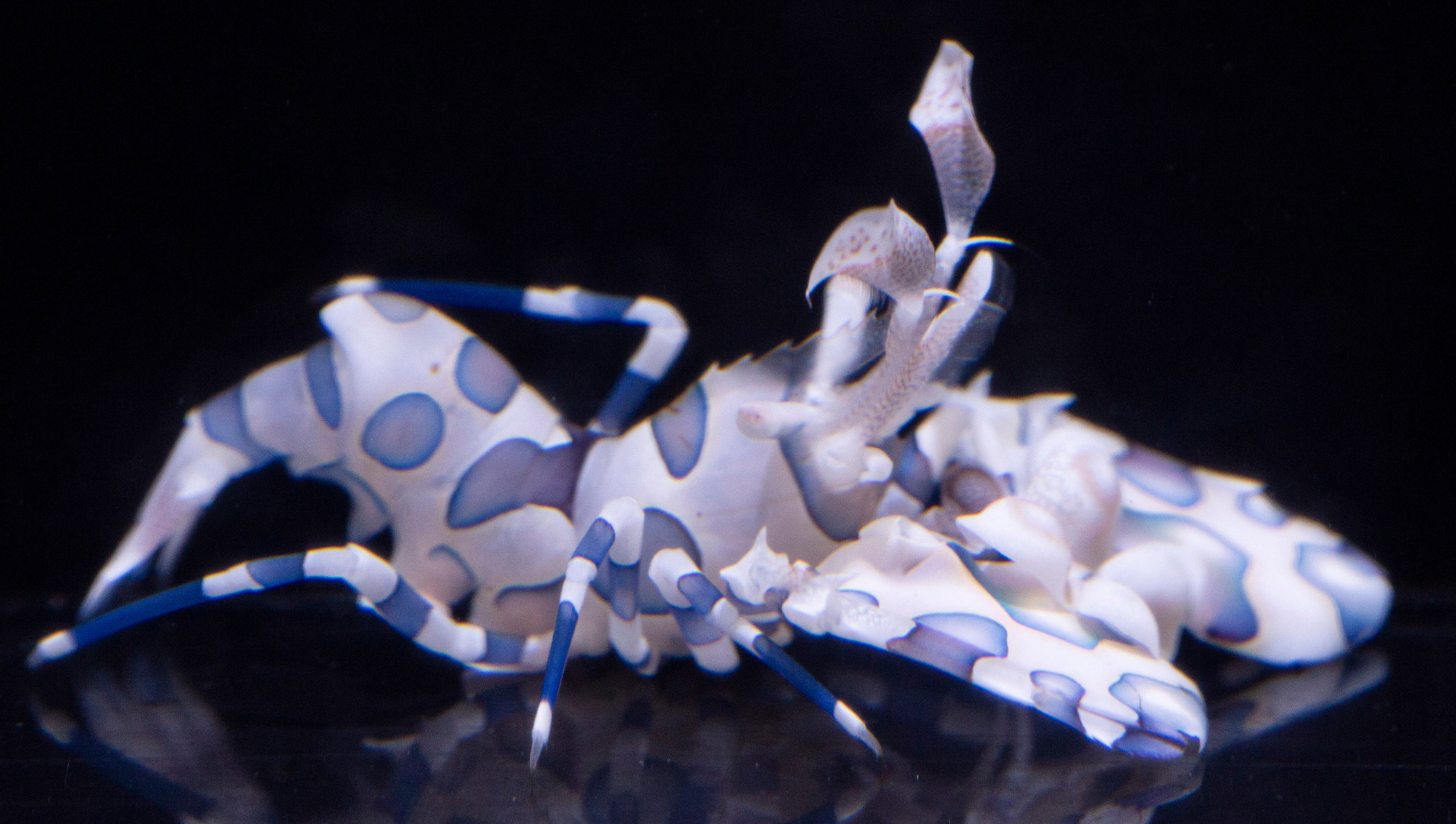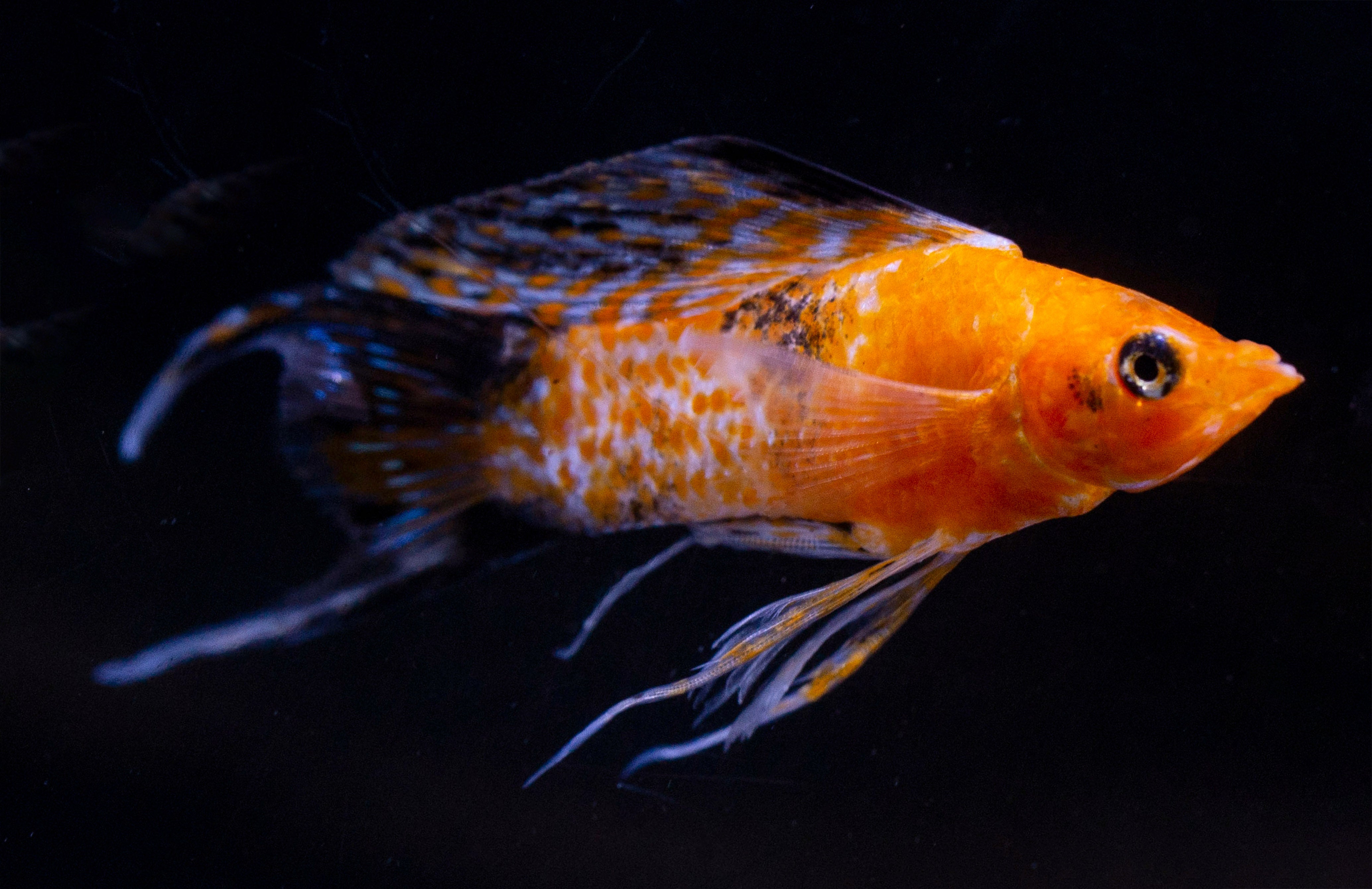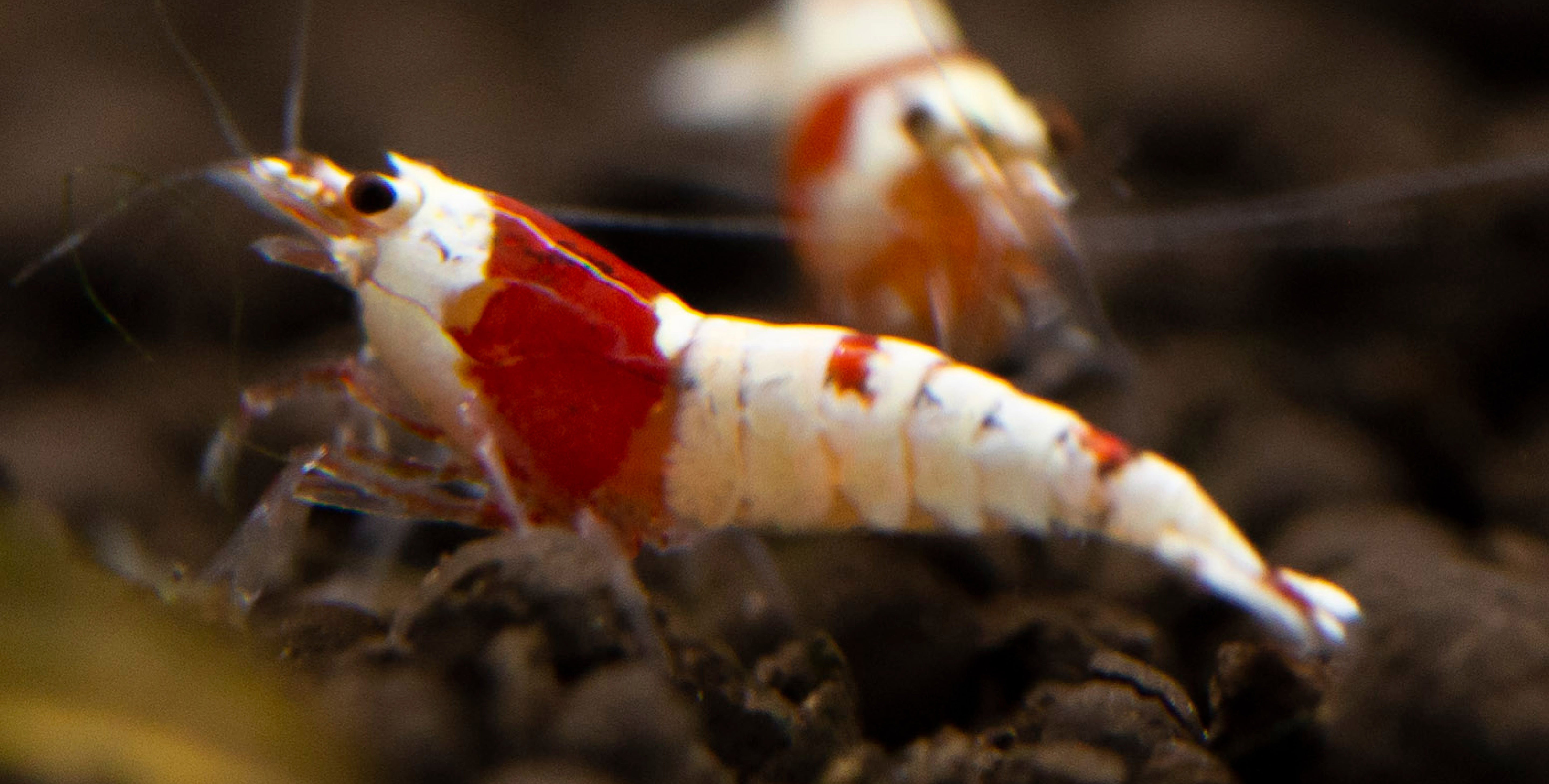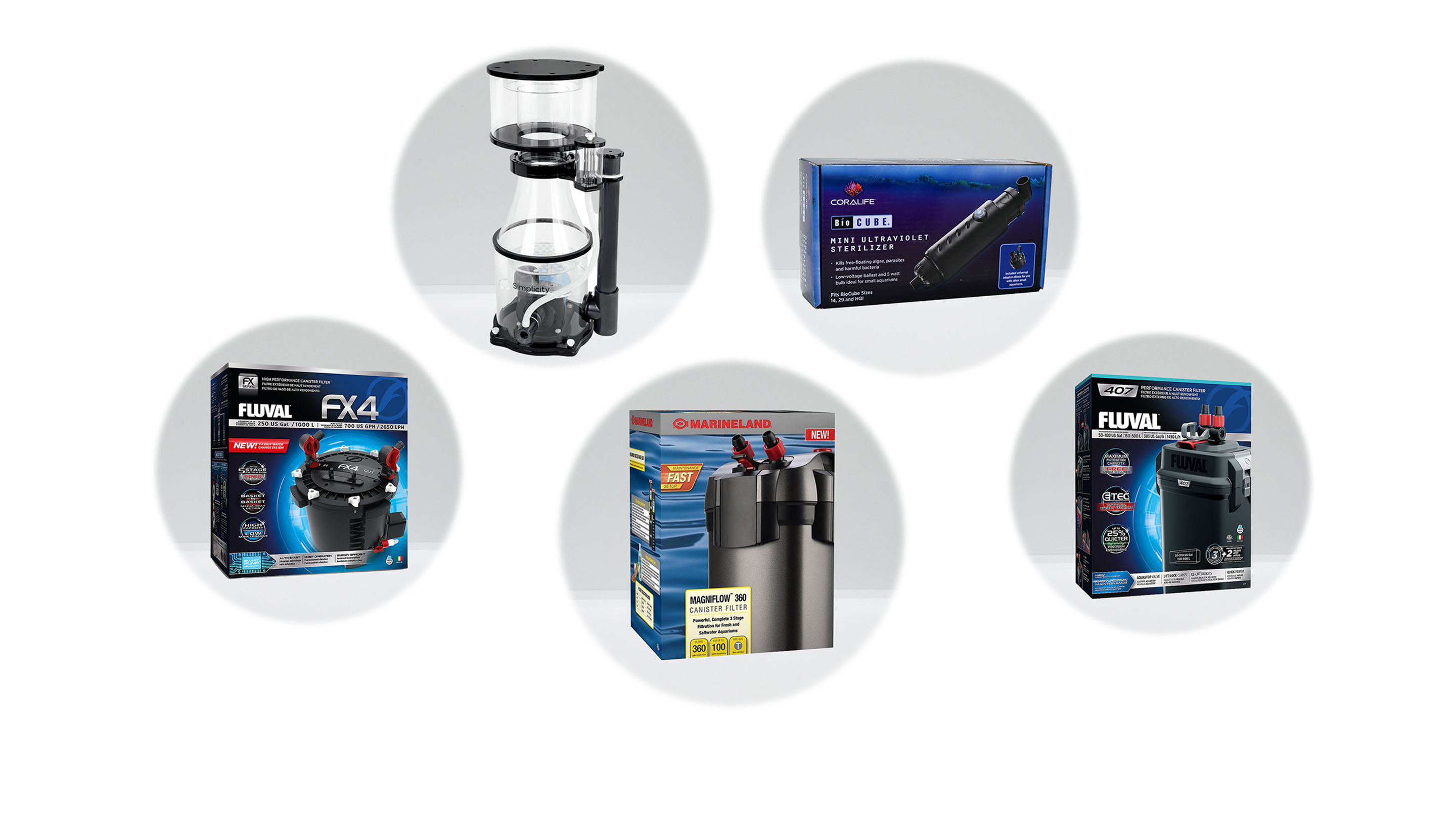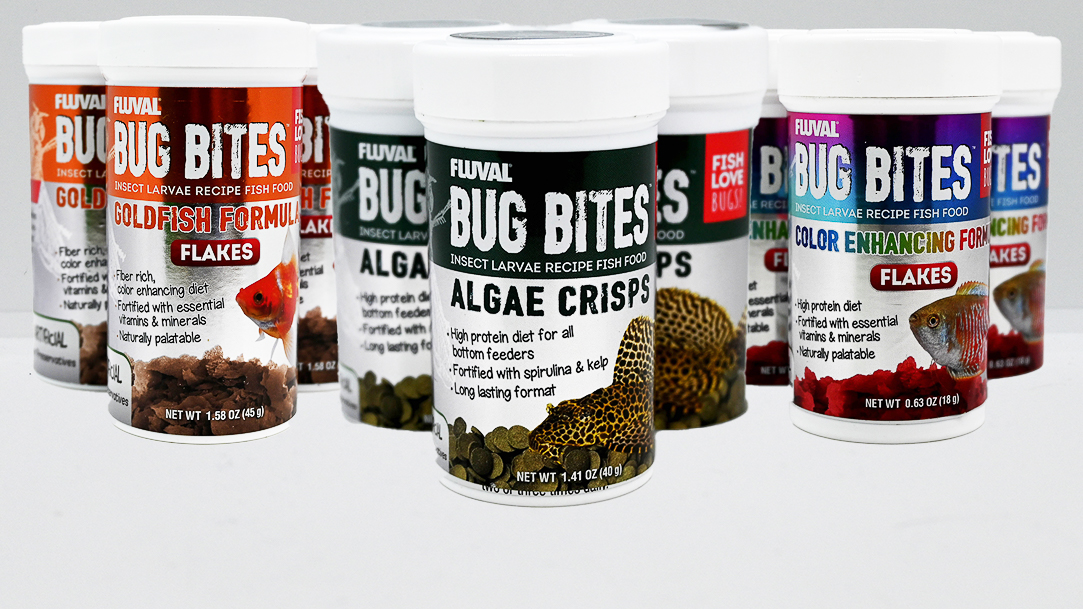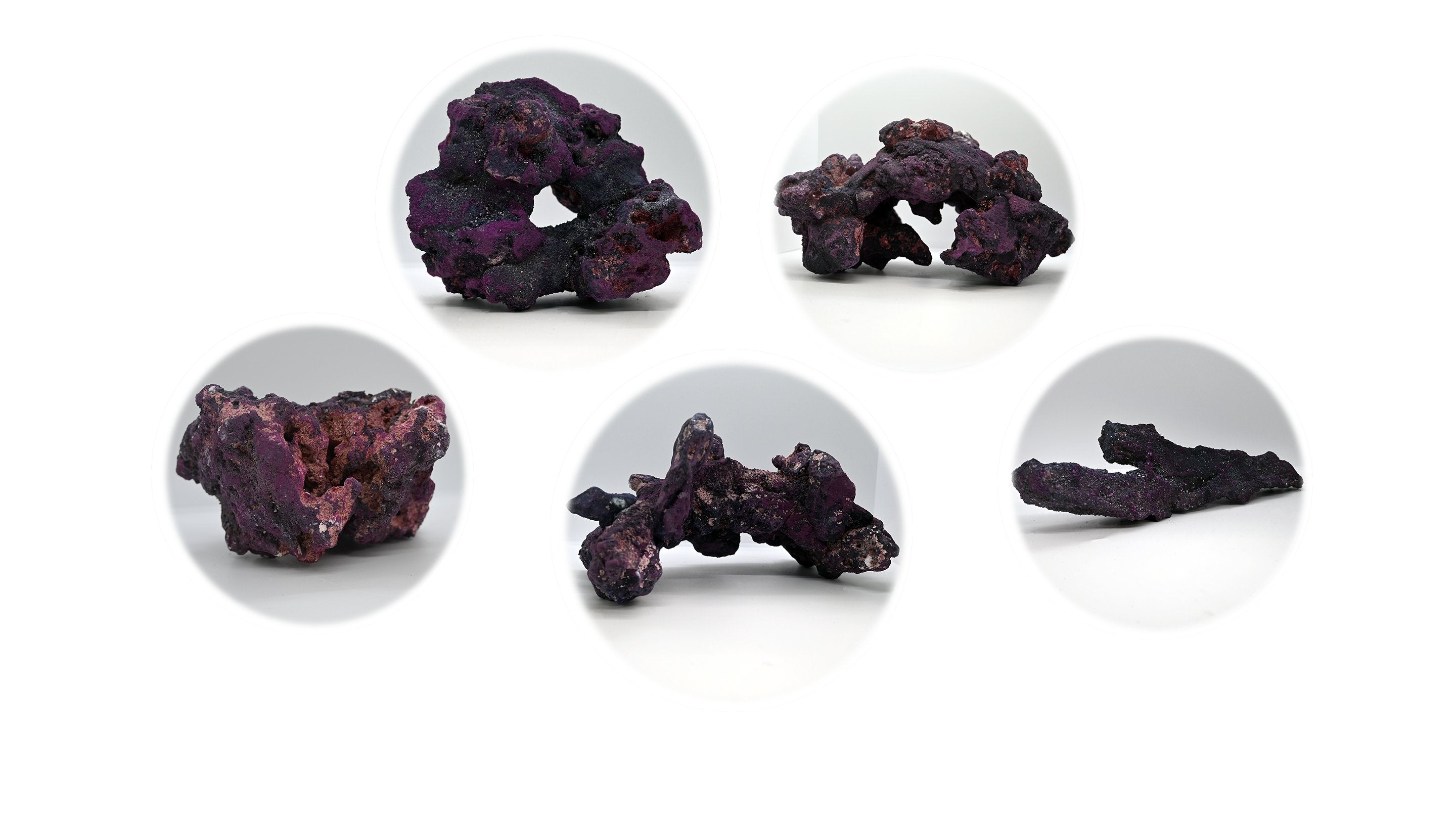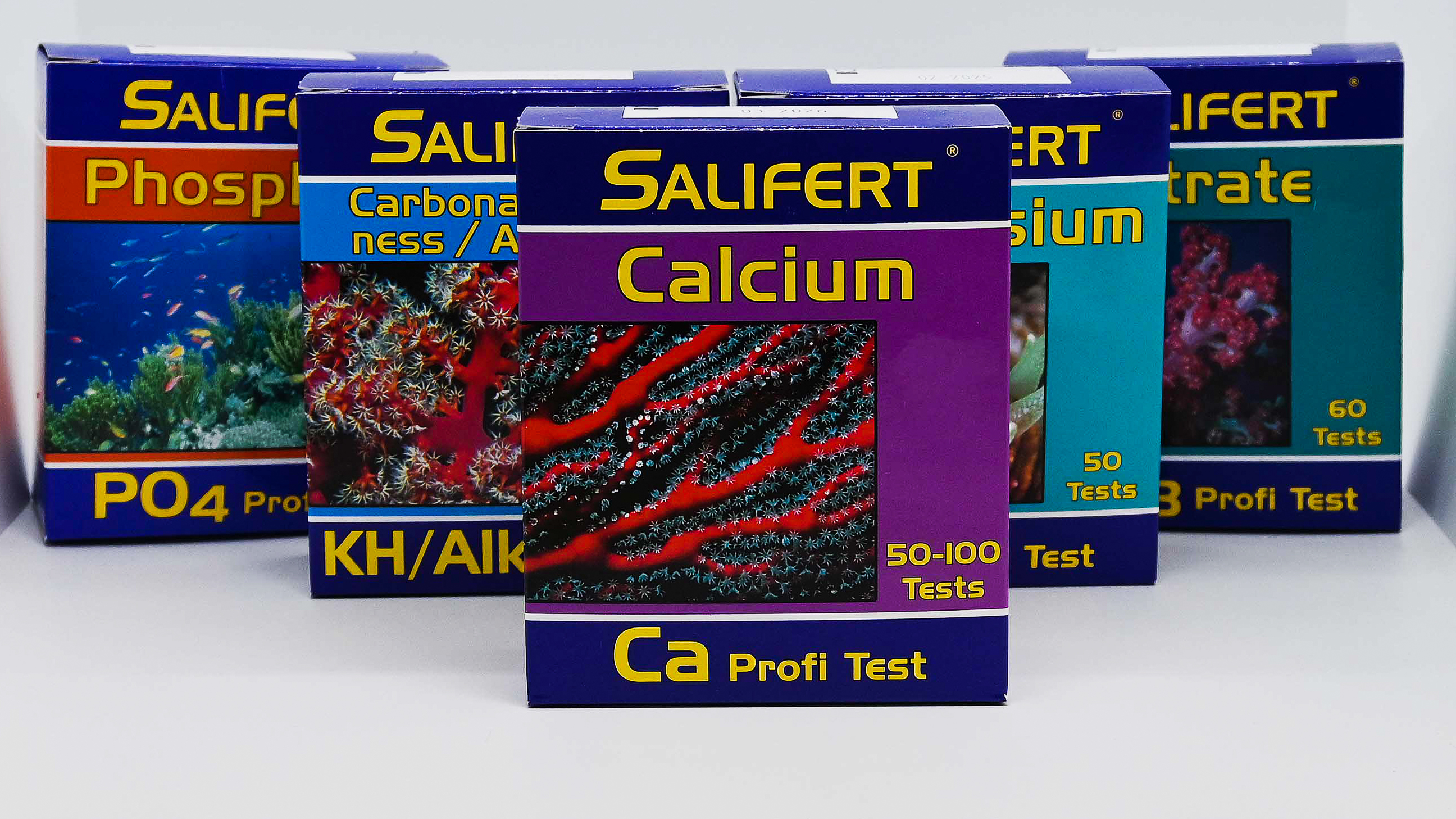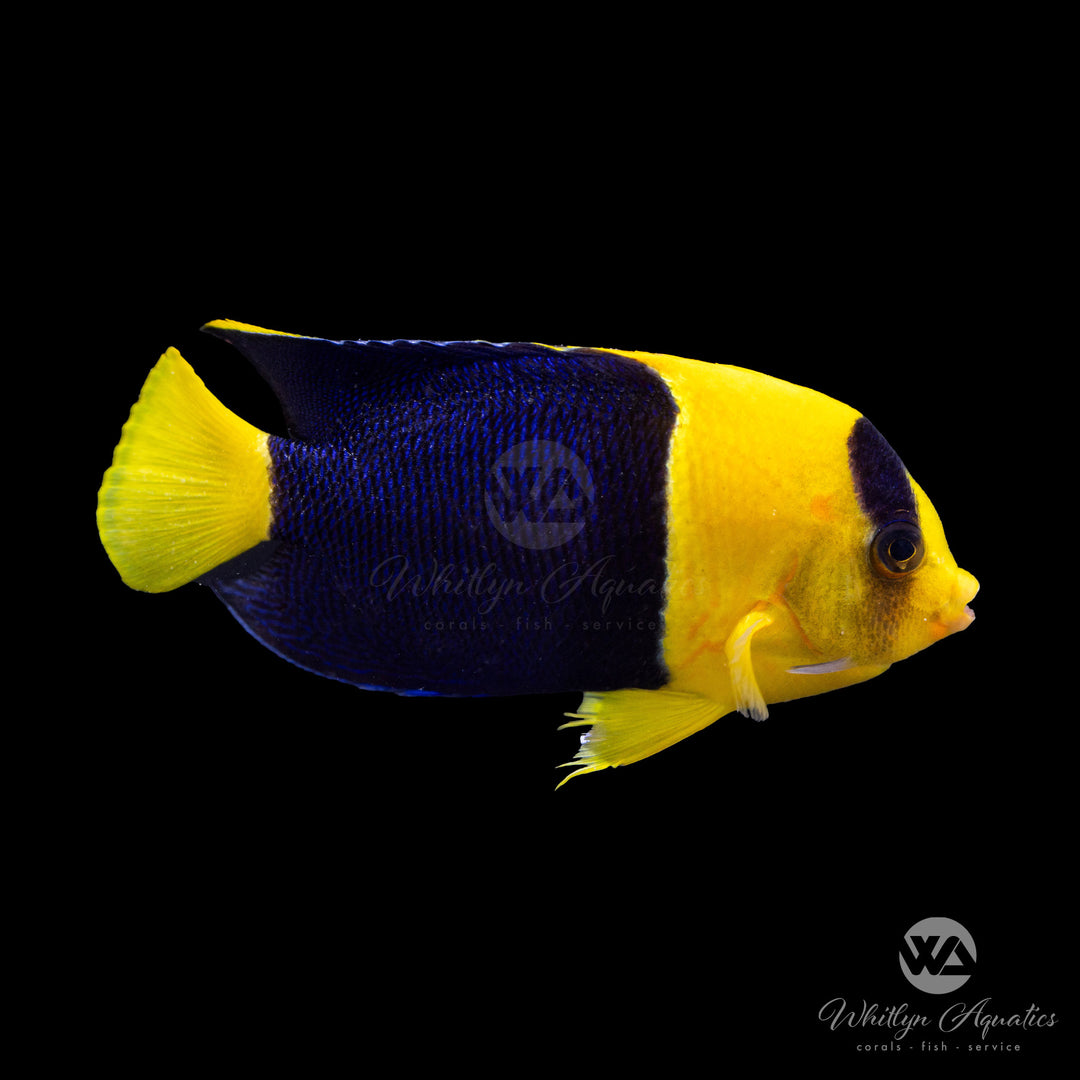
Bicolor Angelfish - Centropyge bicolor
- In stock, ready to ship
- Backordered, shipping soon
The Bicolor Angelfish is a vibrant and popular dwarf angelfish known for its striking two-toned coloration and lively behavior. This species is a standout addition to marine aquariums, offering beauty and activity.
Description:
• Common Name: Bicolor Angelfish
• Scientific Name: Centropyge bicolor
• Family: Pomacanthidae
• Size: Up to 6 inches (15 cm)
• Coloration: The front half of the body is bright yellow, while the back half is deep blue, with a distinct black stripe running vertically through the eye.
Native Region:
The Bicolor Angelfish can be found in the Indo-Pacific region, including areas such as the Great Barrier Reef, Fiji, and the Solomon Islands. It inhabits coral reefs and lagoons, where it seeks shelter and grazes on rock surfaces.
Aquarium Setup:
• Tank Size: Minimum 70 gallons to provide ample space for swimming and territorial behavior.
• Rockwork: Abundant live rock for grazing and hiding places is crucial.
• Aquascape: Caves and crevices should be included to mimic the fish’s natural reef habitat.
Water Parameters:
• Temperature: 72-78°F (22-26°C)
• pH: 8.1-8.4
• Salinity: 1.023-1.025 specific gravity
• Hardness: 8-12 dKH
Care Level:
• Difficulty: Moderate; requires a stable and well-maintained aquarium.
• Diet: Omnivorous; feeds on algae, frozen or live food, and high-quality marine pellets.
• Behavior: Semi-aggressive; territorial, especially around other angelfish or similarly-sized fish.
Reef Compatibility:
• With Caution: The Bicolor Angelfish may nip at soft and stony corals and clam mantles. It is considered reef-safe with caution, and careful observation is needed.
Tank Mates:
• Suitable Companions: Best suited to live with other semi-aggressive fish or peaceful species that will not be bullied.
• Avoid: Other dwarf angelfish unless the tank is sufficiently large.
Additional Tips:
• Feeding Routine: A varied diet that includes marine algae, spirulina, and occasional meaty foods helps maintain health and coloration.
• Acclimation: Use a slow acclimation process to minimize stress and ensure the fish adapts well to its environment.


